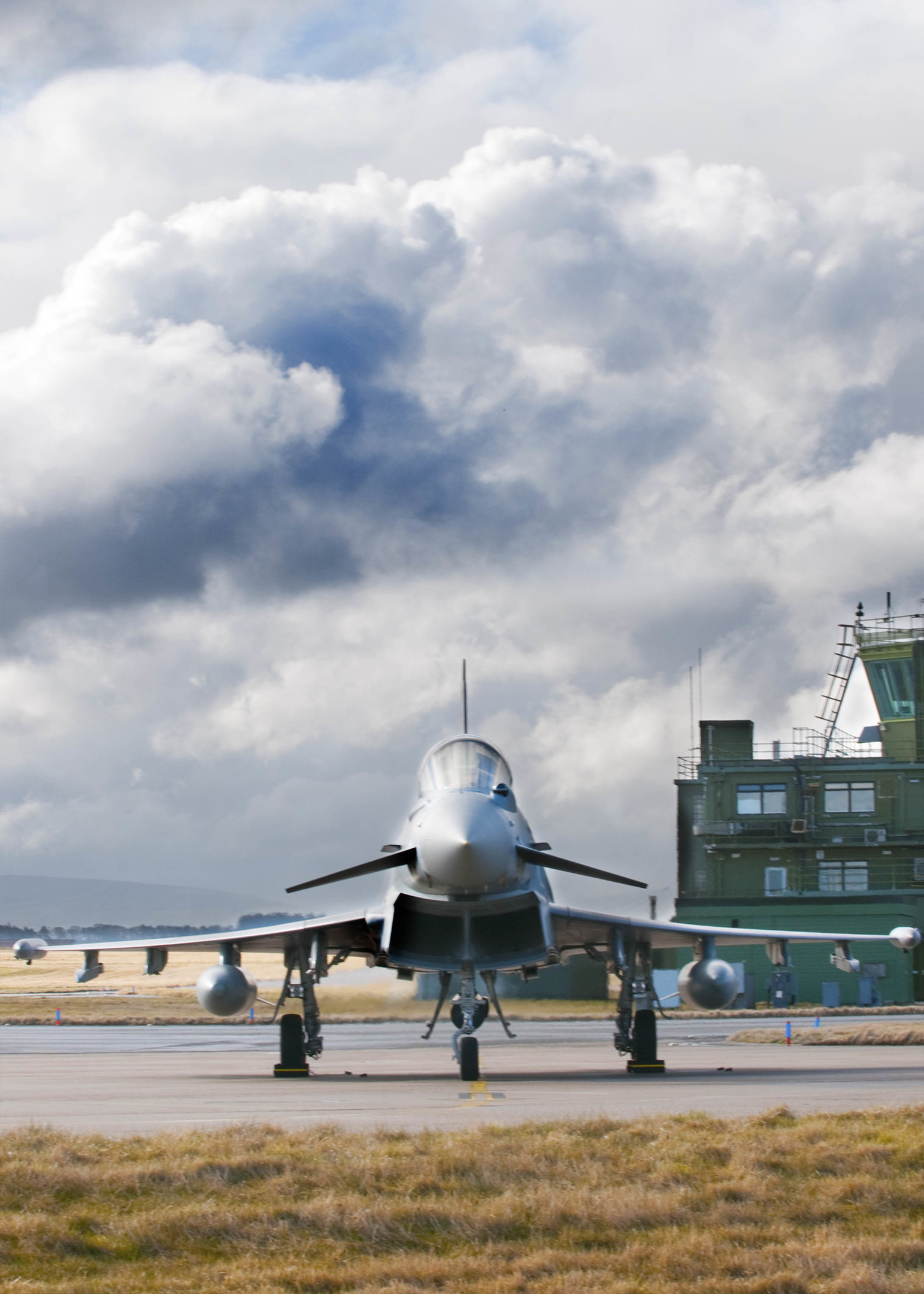The squadron that protects and defends UK airspace has marked its first year stationed at RAF Lossiemouth.
The Number 1 (Fighter) Squadron is part of the country’s Quick Reaction Alert team, and it has observed one of the busiest periods in its history since relocating to Moray.
Typhoon jets from the base can spring into action within 10 minutes at any time of day or night to intercept threats to UK airspace.
And aircraft have been scrambled to intercept Russian bomber jets on a number of occasions since taking up residence in Lossiemouth.
Yesterday, RAF Lossiemouth station commander, group captain Mark Chappell, said the strategic importance of the base had been proven during the team’s first year there.
Mr Chappell said: “The past year has shown time and again that RAF Lossiemouth is in the best position to provide the service that the Royal Air Force was primarily created for – the protection of UK airspace.
“But without the hard work of all station personnel, our continued success in this vitally important role would not be possible.
“I would like to thank everyone for their efforts over this past year, I’m sure that the professionalism shown so far will continue for years to come.”
The Quick Reaction Alert force was established during the Cold War, with its aim being to detect and intercept enemy aircraft at a moment’s notice.
Pilots remain on high alert at all times, and aircrafts are maintained so as to be ready to launch into action at any time around the clock.
The squadron was relocated from RAF Leuchars to the Lossiemouth base last September, when it was decided that the Fife airbase would no longer operate as a fast jet station.
Less than a month into their stay at Lossiemouth Quick Reaction Alert pilots were dispatched to intercept two Russian Bears.
In October, Typhoons from RAF Lossiemouth joined aircraft from RAF Coningsby in Lincolnshire to escort more intruding Russian aircraft from UK airspace.
Most recently, Quick Reaction Alert jets spent four months patrolling the Baltics as part of a Nato peacekeeping mission in
Estonia.
